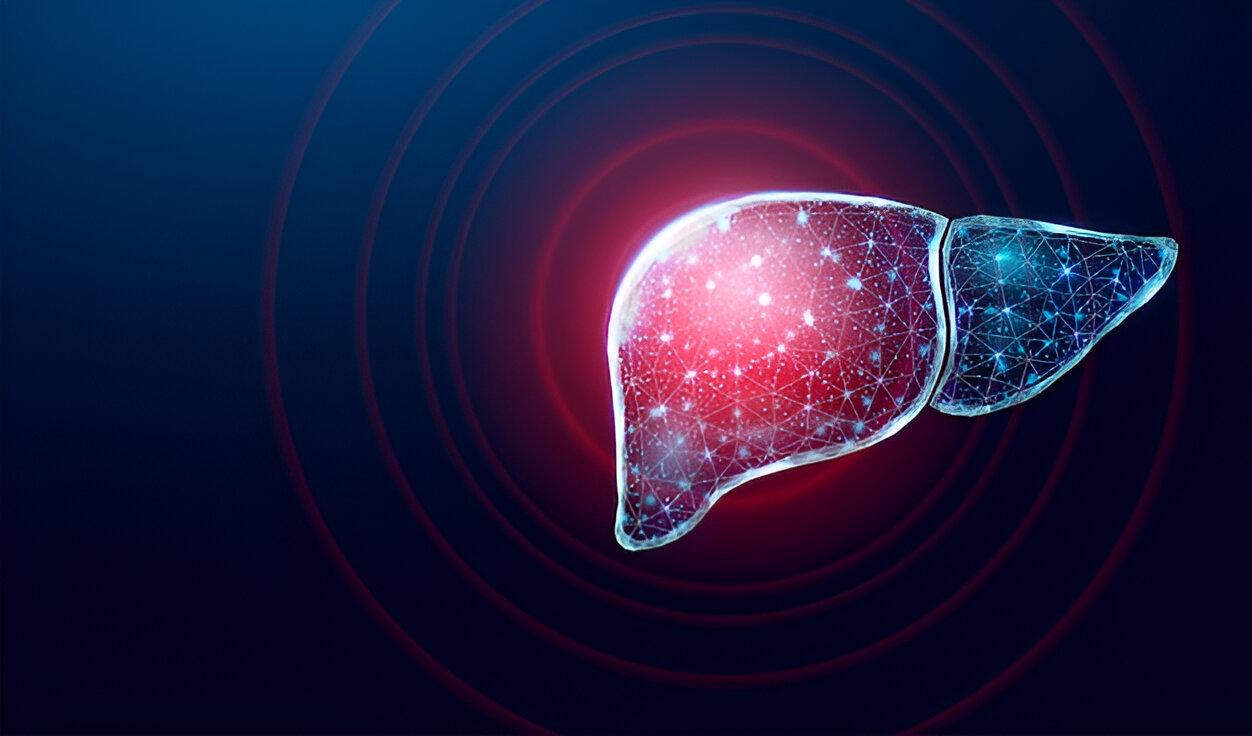A significant paradigm shift is reshaping our understanding of fatty liver disease in patients without significant alcohol consumption. The condition formerly known as Non-Alcoholic Steatohepatitis (NASH) has been reconceptualized as Metabolic Dysfunction-Associated Steatohepatitis (MASH), acknowledging its fundamental connection to systemic metabolic abnormalities. This evolution in terminology coincides with revolutionary advances in treatment approaches, particularly the emergence of obesity-targeted medications that address the root causes of metabolic liver disease.
From NASH to MASH: A Necessary Evolution in Terminology
The term NASH emerged decades ago to distinguish liver inflammation associated with fat accumulation in people consuming little or no alcohol. However, this definition proved limiting as research revealed the condition's true nature as a hepatic manifestation of widespread metabolic dysfunction rather than simply a disease defined by the absence of alcohol.
MASH represents a more accurate characterization that places liver disease within the broader context of metabolic syndrome and obesity. This redefinition emphasizes the interconnection between liver health and metabolic parameters including insulin sensitivity, lipid metabolism, and adiposity distribution. By recognizing MASH as part of a systemic metabolic disorder, clinicians can implement more comprehensive and effective treatment strategies targeting underlying causes rather than isolated liver manifestations.
The Growing Burden of Metabolic Liver Disease
MASH prevalence has risen dramatically alongside the global obesity epidemic, now affecting an estimated 25% of adults worldwide in various stages of severity. Without effective intervention, MASH can progress to advanced fibrosis, cirrhosis, and hepatocellular carcinoma, with projections suggesting it may become the leading indication for liver transplantation within the next decade.
The socioeconomic impact is equally concerning, with annual healthcare expenditures in the billions, reduced workforce productivity, and diminished quality of life for affected individuals. This escalating health crisis has accelerated the search for effective therapies that address both hepatic manifestations and underlying metabolic dysfunction, with obesity-targeted medications emerging as particularly promising interventions.
Transformative Potential of GLP-1 Receptor Agonists
The most significant breakthrough in MASH management has been the repurposing of diabetes and obesity medications, particularly semaglutide and tirzepatide. These GLP-1 receptor agonists have demonstrated unprecedented efficacy in MASH treatment, addressing multiple dimensions of the disease simultaneously.
Semaglutide has shown remarkable results in clinical trials, with MASH resolution rates of 59% at the highest dose compared to 17% in placebo recipients. The substantial weight reduction—frequently exceeding 15% of total body weight—directly contributes to decreased liver fat, reduced inflammation, and improved metabolic parameters. This multifaceted benefit profile makes semaglutide particularly valuable for comprehensive MASH management.
Tirzepatide, which acts on both GIP and GLP-1 receptors, demonstrates even more promising results in early studies. Its dual-receptor mechanism appears to offer enhanced efficacy in improving glycemic control and promoting weight loss, with emerging data suggesting superior outcomes in metabolic parameters relevant to MASH pathophysiology compared to single-receptor GLP-1 agonists.
Expanding Treatment Horizons: Merck's efinopegdutide and Novel Approaches
While GLP-1 agonists have revolutionized the approach to MASH treatment, the therapeutic landscape continues to expand with promising agents like Merck's efinopegdutide. This innovative FGF21 analog targets metabolic dysfunction through complementary mechanisms, potentially offering benefits for patients with suboptimal response to GLP-1-based therapies or those with more advanced disease.
Phase 2 clinical trials have demonstrated efinopegdutide's ability to significantly reduce liver fat content and inflammatory markers, with improvements in fibrosis observed in longer-term follow-up. Its distinct mechanism of action provides direct effects on liver metabolism alongside systemic metabolic benefits, offering a potentially more targeted approach for patients with advanced MASH.
Integrated Care: The Future of Metabolic Liver Disease Management
The reconceptualization from NASH to MASH represents more than a terminology update—it fundamentally transforms our approach to liver disease in the metabolic context. This evolution drives increasingly sophisticated treatment strategies that address metabolic dysfunction as the primary therapeutic target rather than focusing narrowly on liver-specific manifestations.
Effective MASH management now incorporates obesity-targeted therapies as foundational elements, typically combined with nutritional intervention, physical activity, and complementary hepatic-directed treatments. This integrated approach acknowledges that sustainable improvement requires addressing both liver pathology and the underlying metabolic dysregulation driving disease progression.
As clinical experience with these novel therapies expands and longitudinal outcomes data accumulates, management strategies for MASH will continue to evolve, offering new hope to millions affected by this increasingly prevalent condition. The transition from NASH to MASH has ushered in a new era in hepatology—one where metabolic health stands at the center of effective liver disease treatment.
Latest Blogs Offered By DelveInsight:
Latest Reports:-
Checkpoint Inhibitor Refractory Cancer Market | Checkpoint-inhibitor Refractory Cancer Market | Chemotherapy-induced Hearing Loss Market | Chemotherapy Induced Nausea And Vomiting Market | Chemotherapy Induced Neutropenia Market | Chiari Malformation Market | Chimeric Antigen Receptor T Cell Immunotherapy Market | Chlamydia Infections Market | Chronic Brain Damage Market | Chronic Constipation Market | Chronic Fatigue Syndrome Market | Hepatitis B Virus Market | Chronic Inflammatory Demyelinating Polyneuropathy Market | Chronic Kidney Disease Market | Renal Insufficiency Market | Chronic Lymphocytic Leukemia Market | Chronic Myelocytic Leukemia Cml Market | Chronic Neuropathic Pain Market | Chronic Obstructive Pulmonary Disease Copd Market | Chronic Pulmonary Infection Market | Chronic Pain Market | Psoriasis Market | Pruritus Market | Pulmonary Arterial Hypertension Market | Chronic Pulmonary Infections Market

